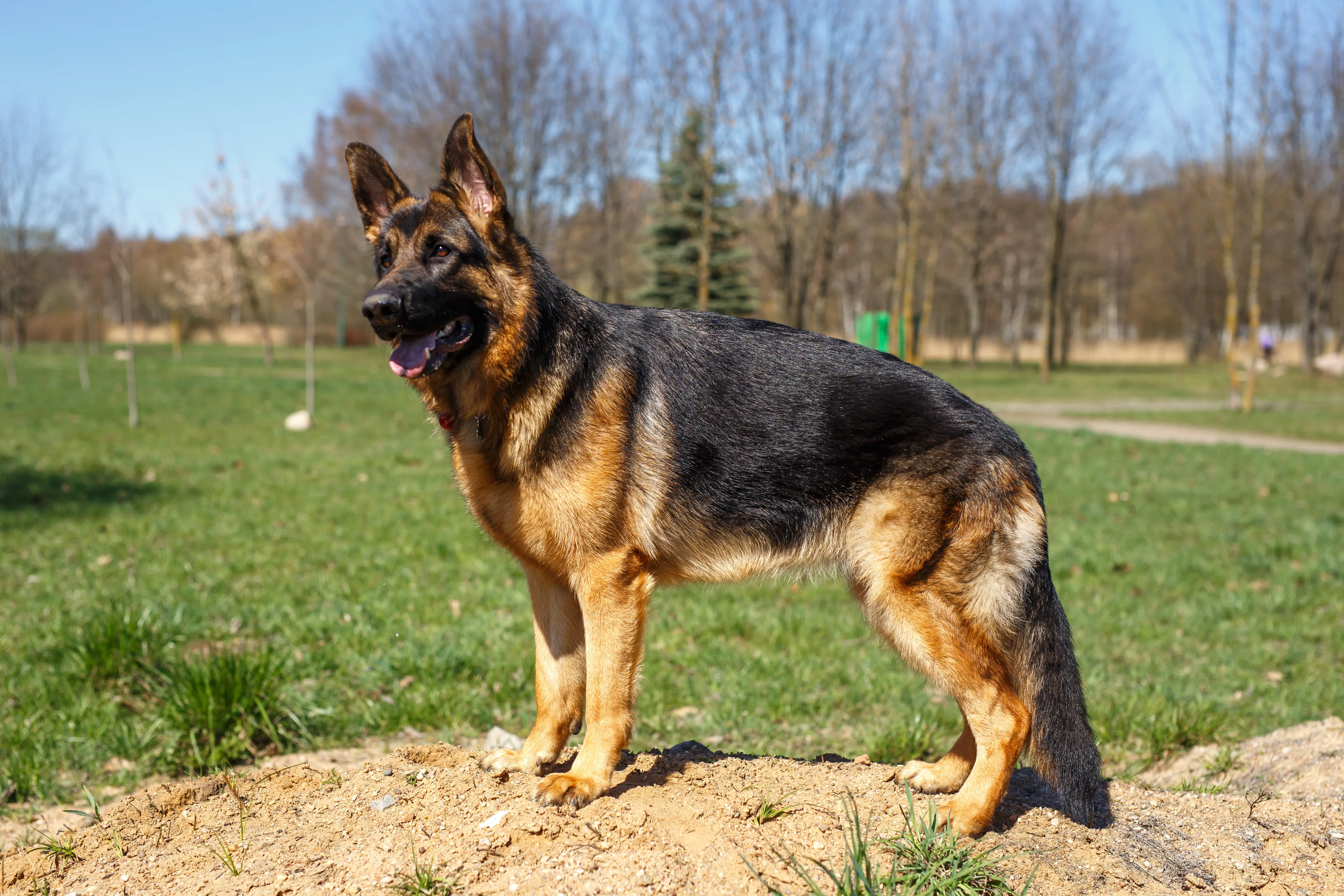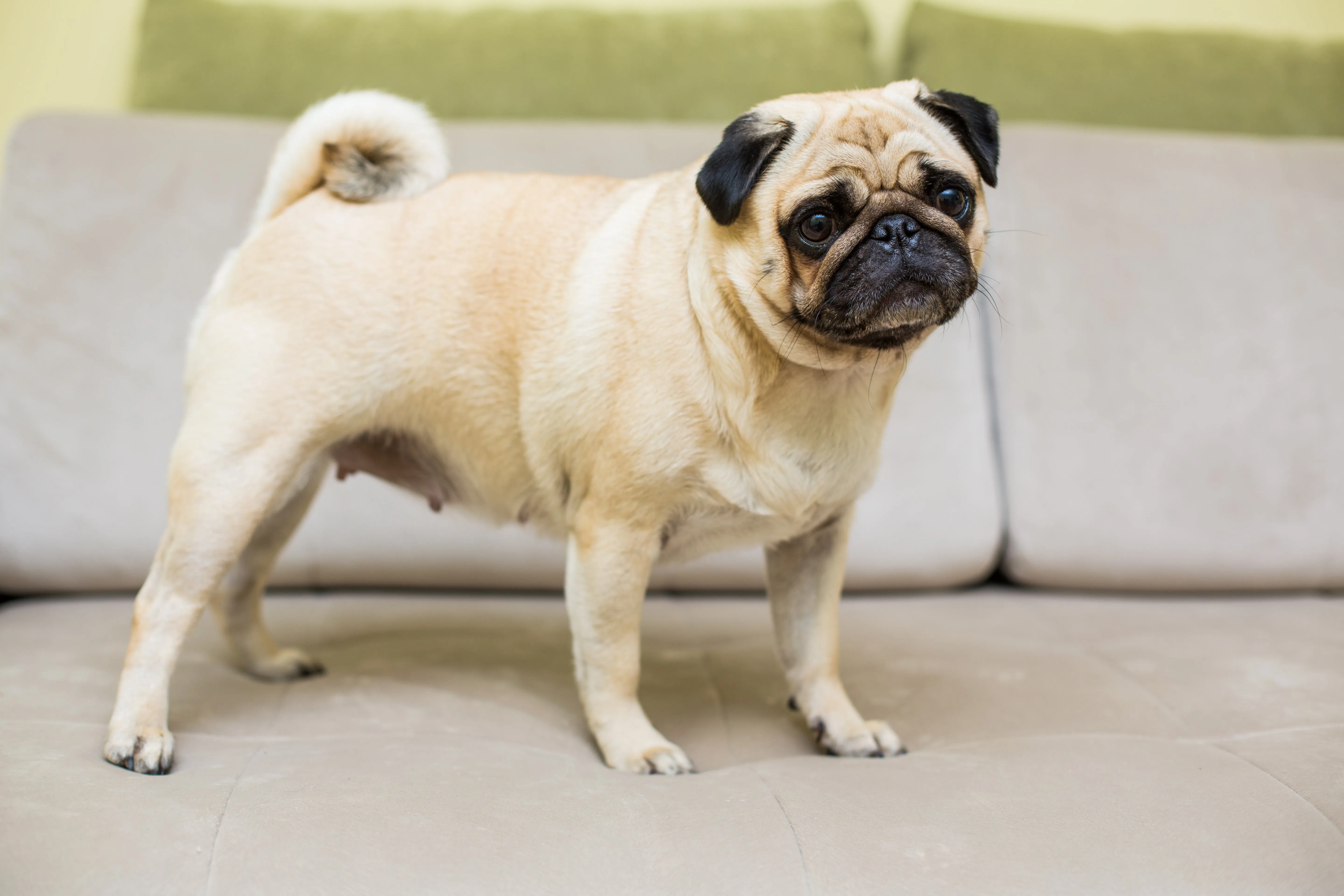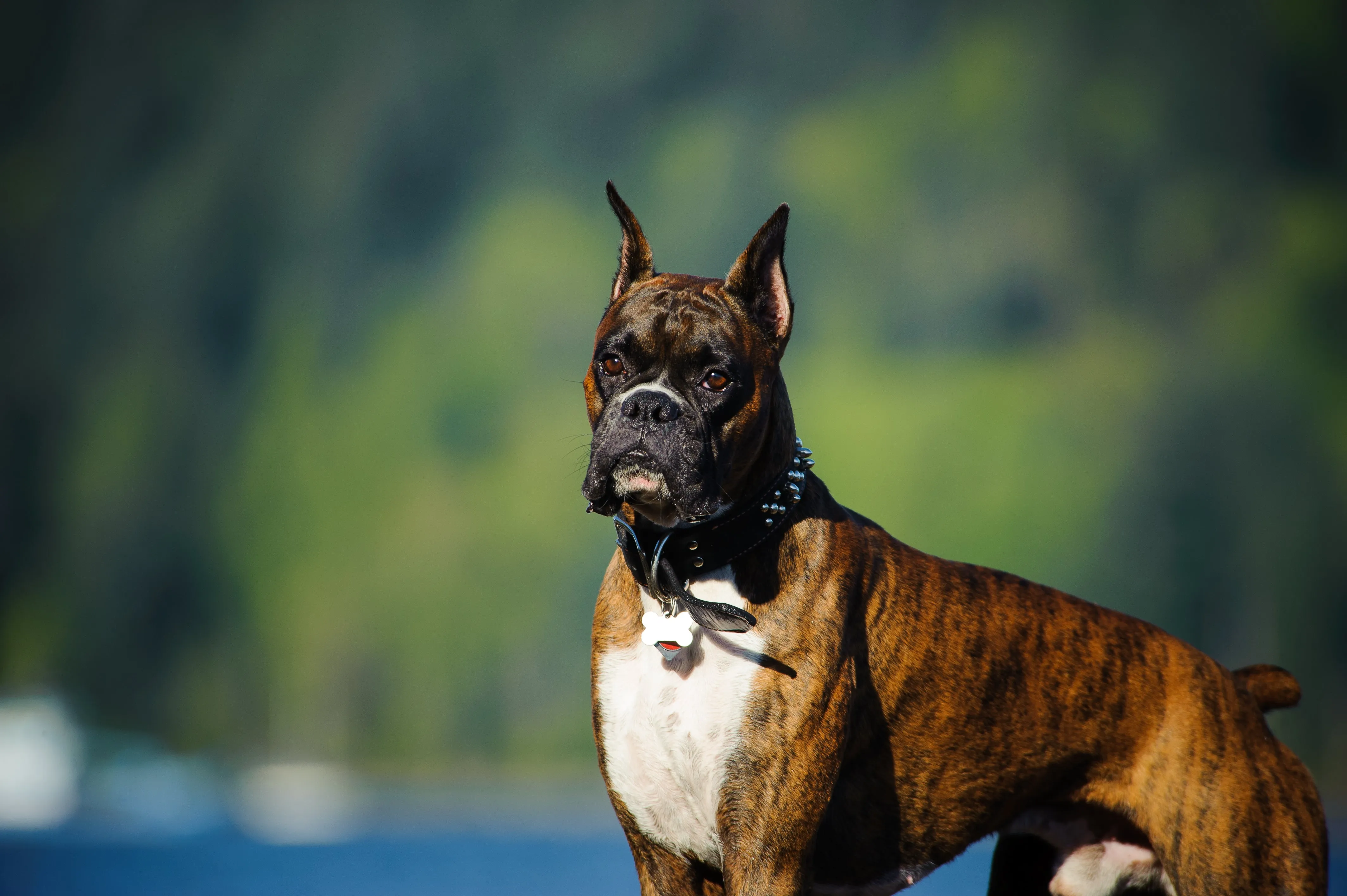Dogs have been cherished companions for humanity since ancient times, evolving from hunting partners to beloved family members. Their unwavering loyalty and playful spirit bring immense joy to any home. Adopting a dog is a life-changing experience, but it also presents unique challenges. Prospective pet parents must carefully consider various factors, from a dog’s temperament and exercise needs to potential health concerns, to ensure a harmonious life together. Understanding different breeds is a crucial step in this journey, particularly for those looking to welcome a new furry friend into an Indian household.
This comprehensive guide explores the top 10 most popular dog breeds in India, delving into their origins, characteristics, and the unique pros and cons associated with each. We aim to provide valuable insights to help you make an informed decision and find the perfect canine companion that fits your lifestyle. For a broader overview, you might also be interested in exploring various types of dogs in India with pictures and names.
1. Labrador Retriever: The Ever-Popular Family Friend
Originating as gun dogs specializing in retrieving waterfowl, Labrador Retrievers quickly adapted to the role of beloved family pets. Today, they hold the distinction of being one of the most famous dog breeds globally, and their popularity in India is unparalleled. Known for their friendly demeanor and intelligence, Labradors are often the first choice for families, first-time dog owners, and those seeking a versatile companion. Their adaptability makes them suitable for various living situations, provided their exercise needs are met.
| Pros | Cons |
|---|---|
| Great temperament | Excess shedding |
| Easy to train | Prone to ear infections |
| Easy to live with kids and other pets | Prone to several health issues |
| Moderate barking | Can be destructive if bored |
| Versatile working dogs | High exercise needs |
 A beautiful yellow Labrador Retriever puppy lying in a field of green grass
A beautiful yellow Labrador Retriever puppy lying in a field of green grass
Labradors thrive on companionship and are happiest when involved in family activities. Their eager-to-please nature makes them highly trainable, excelling in obedience, agility, and even assistance work. However, their energetic disposition means they require significant daily exercise to prevent boredom and destructive behaviors. Regular grooming is also essential to manage their shedding, and owners should be vigilant about potential health issues such as hip and elbow dysplasia, obesity, and ear infections.
2. Golden Retriever: The Friendly and Gentle Soul
Hailing from the Scottish Highlands, Golden Retrievers were initially bred as active hunting dogs with a gentle mouth for retrieving game. Their remarkably friendly and gentle nature quickly propelled them to prominence as family pets in the United Kingdom, eventually earning them a cherished spot in homes worldwide. These dogs are renowned for their outgoing personalities, boundless patience, and innate desire to please their human companions.
| Pros | Cons |
|---|---|
| Friendly and Social | Excess Shedding |
| Easy to train | Not ideal guard dogs |
| Easy to live with kids and other pets | Potential health issues such as bloating |
| Good therapy animals | Can be destructive if left alone |
| Active Lifestyle | High exercise needs |
Golden Retrievers are exceptionally good with children and other pets, making them ideal family additions. Their intelligence and eagerness to learn contribute to their high trainability, often seen in therapy work and various dog sports. Prospective owners should be prepared for their significant grooming needs due to their long, dense coats and regular exercise requirements. Like Labradors, Goldens are prone to certain health conditions, including hip and elbow dysplasia, certain cancers, and bloat.
3. German Shepherd: The Noble and Loyal Guardian
As their name suggests, German Shepherds originated in Germany, where they were bred for herding sheep. Over time, their intelligence, courage, and protective instincts saw them transition into versatile working dogs, serving in military, police, and search-and-rescue roles. During the World Wars, they were often referred to as Shepherd Dogs or Alsatians. Today, their loyal and disciplined nature makes them not only ideal police dogs but also cherished family members across the globe, including in India.
| Pros | Cons |
|---|---|
| Easy to train | High energy needs |
| Versatile Dog Breed | Potential for high aggression if not properly socialized |
| Best Guard Dog | Space requirements (indoors and outdoors) |
| Extremely loyal | Can be destructive if bored |
| Good with children | Vocal Nature |
 A vigilant German Shepherd dog standing attentively in a lush green park
A vigilant German Shepherd dog standing attentively in a lush green park
German Shepherds require consistent training and early socialization to develop into well-adjusted adults. Their high energy and intelligence mean they thrive with a purpose and require plenty of physical and mental stimulation. They are fiercely loyal to their families and make excellent guard dogs, but their protective instincts necessitate experienced ownership. Ensuring they have ample space, both indoors and outdoors, is important for their well-being.
4. Beagle: The Merry Scent Hound
Beagles were initially developed in England for hunting hares and serving as flushing dogs for hunters and gun dogs. By the end of the 19th century, the breed gained widespread recognition and refinement in North America. Modern Beagles continue to be used in hunting, but they are equally cherished as good family dogs and companions, particularly known for their merry disposition and keen sense of smell. Their distinctive baying howl is a hallmark of the breed.
| Pros | Cons |
|---|---|
| Low Maintenance | Loud Howling |
| Typically healthy breed | Can be Stubborn |
| Excellent family companions | Excess hair fall |
| Good with children | Potential for Destructive Behaviour |
| Sociable breed | Requires a Large Garden |
Beagles are generally low-maintenance in terms of grooming, but their energetic nature means they require regular exercise and mental stimulation to prevent boredom. Their strong scent drive means they can easily get distracted by interesting smells, making off-leash training a challenge in unsecured areas. While generally healthy, they can be prone to certain conditions like epilepsy and hypothyroidism. Owners should also be aware of their tendency to howl, which can be an issue in apartment settings.
5. Pug: The Charming Companion with a Wrinkled Face
The Pug, a beloved toy breed, boasts ancient origins dating back to 400 B.C. in China, where similar dogs were bred. These charming canines gained favor with royalty and became particularly popular in European courts during Victorian times. Recognised for their unique charm, intelligence, and expressive faces, Pugs excel as alert watchdogs and delightful performers. Today, they are cherished for their profound loyalty and endearing, fun-loving personalities, making them popular choices in India for those seeking smaller, apartment-friendly breeds.
| Pros | Cons |
|---|---|
| Good with children and other pets | Prone to breathing problems and snoring due to a short snout |
| Low exercise needs | Prone to obesity |
| Low maintenance | Sensitive to extreme weather |
| Adaptable to apartment living | Separation anxiety |
| Excellent watchdog despite the size | Prone to skin and eye conditions |
 A cute fawn-colored Pug dog comfortably resting on a soft couch at home
A cute fawn-colored Pug dog comfortably resting on a soft couch at home
Pugs are known for their adaptability to apartment living and require minimal exercise, making them suitable for owners with less active lifestyles. However, their brachycephalic (short-nosed) structure makes them susceptible to breathing difficulties and heat sensitivity. Owners must take precautions in hot weather and avoid over-exertion. Their prominent wrinkles also require regular cleaning to prevent skin infections. Despite their small size, Pugs are surprisingly alert and make good watchdogs.
6. Shih-Tzu: The “Lion Dog” of Tibet
Resembling a small lion, the Shih-Tzu originated in Tibet and was further developed in the Forbidden City of Peking through a cross between the Lhasa Apso and Pekingese. This charming breed first arrived in England in 1930 and gained recognition in Britain by 1946, followed by the American Kennel Club in 1969. Today, the Shih-Tzu is a highly sought-after companion and show dog globally, including its significant popularity in India due to its compact size and affectionate nature. If you are interested in smaller dog breeds that might not shed as much, you can also explore a list of dog breeds that don’t shed.
| Pros | Cons |
|---|---|
| Low exercise needs | High grooming needs |
| Long lifespan | Prone to separation anxiety |
| Good with children | Potential stubbornness |
| Low Barking | Prone to respiratory health issues |
| Adaptable to apartment living | Prone to breathing problems |
Shih-Tzus are ideal for apartment living and have relatively low exercise requirements. Their long, flowing coats are beautiful but demand extensive daily grooming to prevent matting and tangles, which is a significant commitment for owners. Like Pugs, their brachycephalic features can lead to respiratory issues. They are generally good with children and other pets, making them excellent family companions. However, they can be prone to separation anxiety if left alone for extended periods.
7. Rottweiler: The Powerful and Protective Guardian
Considered one of the oldest surviving canine companions, Rottweilers have served humans since Roman times as driving or herding dogs. They arrived in Britain in the 1930s and were recognized by the Kennel Club in 1966, slowly gaining popularity as herding dogs before transitioning into family companions and formidable protectors. Their powerful build and unwavering loyalty make them excellent guardians, but they require responsible and experienced ownership.
| Pros | Cons |
|---|---|
| Excellent watchdogs | Don’t get along with kids and other pets if not socialized early |
| Low maintenance | Not good for apartment living |
| Great service dogs | Large size and strength make them tough to handle |
| Extremely loyal | High exercise needs |
| Very protective | Breed perception |
 A powerful Rottweiler dog looking intently at the camera, showcasing its protective nature
A powerful Rottweiler dog looking intently at the camera, showcasing its protective nature
Rottweilers are known for their strong protective instincts and require extensive socialization from a young age to ensure they are well-behaved around strangers and other animals. Their large size and strength necessitate firm, consistent training and experienced handling. They are not typically suited for apartment living due to their high exercise needs and desire for space. While loyal to their families, their formidable presence and breed perception mean they are often misunderstood, making responsible ownership paramount. For those considering larger breeds that might not shed excessively, researching bigger dogs that don’t shed a lot could be beneficial.
8. Pomeranian: The Fluffy and Spirited Toy Dog
The Pomeranian traces its origins back to the German Spitz breed, gaining prominence as charming lap dogs in the 18th century due to their abundant, fluffy coats and fox-like faces. These spirited canines charmed both nobles and commoners alike with their vivacious personalities. Today, Pomeranians are celebrated for their lively, affectionate nature and sharp intelligence, remaining popular for their distinctive look, charm, and playful demeanor in India, especially among those looking for small, portable companions.
| Pros | Cons |
|---|---|
| Good for apartment living | Can be stubborn |
| Long lifespan | High grooming needs |
| Good with children | Prone to dental issues |
| Good watchdog despite the size | Prone to excessive barking |
| Easy to train | Can be spoiled and entitled |
Pomeranians are highly adaptable to apartment living and have a relatively long lifespan. Despite their small size, they possess a big dog attitude and make excellent watchdogs, often alerting their owners to any perceived threats with their characteristic barking. Their luxurious double coat requires regular grooming to prevent matting. They are intelligent and eager to please, making them generally easy to train, although they can sometimes exhibit stubbornness. Socialization is key to managing their tendency towards excessive barking.
9. Boxer: The Playful and Energetic Companion
Originating in Germany in the late 19th century, the Boxer breed is a descendant of the now-extinct Bullenbeiser, crossed with Bulldogs to create versatile hunting dogs. Initially bred for hunting large game and herding cattle, Boxers also served on the front lines of the First World War. Their popularity surged globally after soldiers brought them home, solidifying their reputation as loyal, energetic, and protective family companions.
| Pros | Cons |
|---|---|
| Good with children | Can be stubborn |
| Natural watchdogs | Sensitive to extreme weather |
| Low grooming | Females are especially aggressive if not socialized |
| Easy to train | Gassiness and drooling |
| Protective breed | Prone to skin issues |
 A majestic Boxer dog stands confidently against a backdrop of green trees in a natural setting
A majestic Boxer dog stands confidently against a backdrop of green trees in a natural setting
Boxers are known for their playful and affectionate nature, making them wonderful family dogs, especially good with children when properly socialized. They are natural watchdogs and protective of their loved ones. While their grooming needs are relatively low due to their short coats, their energetic nature demands consistent exercise and mental stimulation. Boxers can be sensitive to extreme weather conditions, so owners must take precautions in both hot and cold environments. They are generally easy to train but can exhibit a stubborn streak, requiring patient and consistent handling.
10. Dachshund: The “Badger Dog” with a Distinctive Shape
The Dachshund, also known as the “badger dog,” was originally developed in Germany in two sizes. The standard size historically hunted badgers and wild boar, while the miniatures chased foxes and hares. Their slender, long body, combined with a courageous and intelligent personality, made them formidable opponents for their quarry. The breed arrived in America as early as 1885 and gained significant fame in the 1930s and 1940s, subsequently achieving international recognition. For those looking for specific characteristics like minimal shedding, you might also want to explore different dog breeds that don’t shed that much.
| Pros | Cons |
|---|---|
| Good watchdog despite the size | Loud barking |
| Extremely affectionate | Hard to housebreak |
| Distinct appearance | Not good with kids and other pets if not socialized |
| Low shedding | Not good for first-time pet owners |
| Highly adaptable | Prone to health issues due to body structure |
Dachshunds are known for their affectionate nature and make devoted companions. Their distinct long bodies and short legs give them a unique charm. Despite their small size, they possess a surprisingly loud bark and make good watchdogs. They are relatively low-shedding, which can be a plus for some owners. However, their unique body structure makes them prone to back problems, so care must be taken to prevent jumping and excessive stair climbing. They can also be stubborn and challenging to housebreak, making them less suitable for first-time dog owners. Early socialization is crucial if they are to live harmoniously with children and other pets.
Conclusion: Finding Your Perfect Canine Companion in India
Choosing a dog breed is a significant decision that involves understanding not only the appealing traits but also the potential challenges each breed presents. From the energetic Labrador and protective German Shepherd to the charming Pug and unique Dachshund, India is home to a diverse array of beloved dog breeds, each offering a distinct personality and set of needs. Responsible pet ownership begins with thorough research and a commitment to meeting your chosen companion’s specific requirements for exercise, grooming, training, and healthcare. By carefully considering the pros and cons outlined for these top 10 dog breeds, you can make an informed choice that leads to a fulfilling and joyful life with your new furry family member. For more detailed information on various breeds and pet care, we encourage you to explore the extensive resources available on Dog Care Story.
